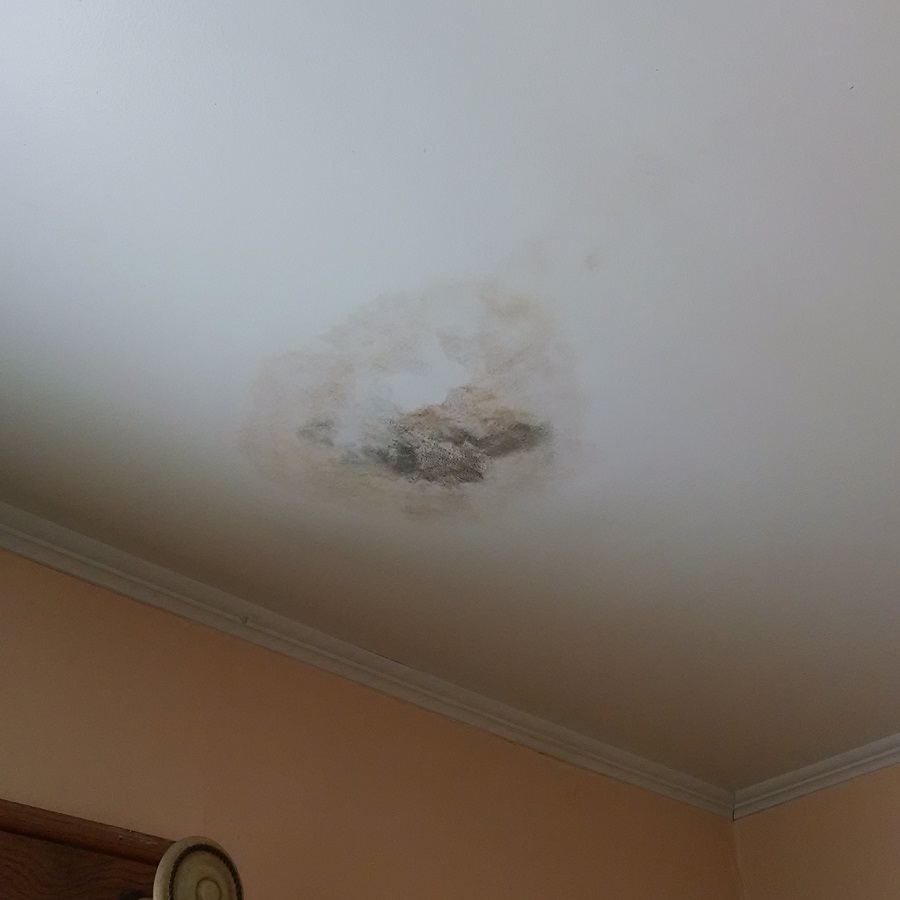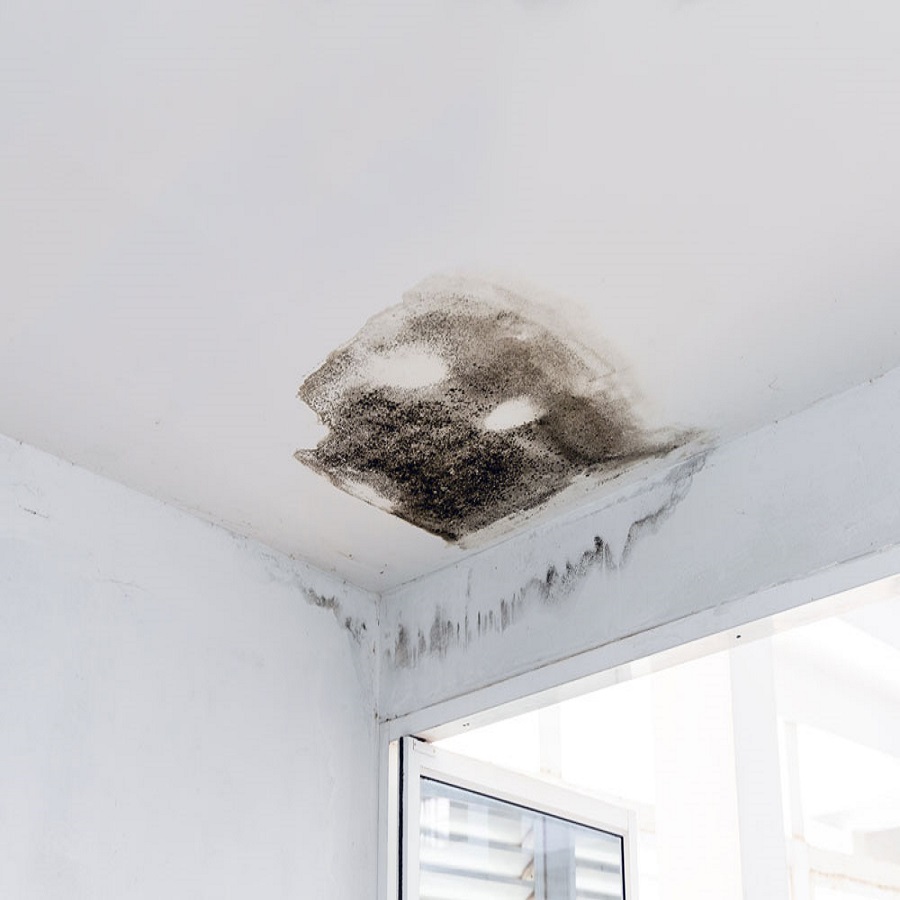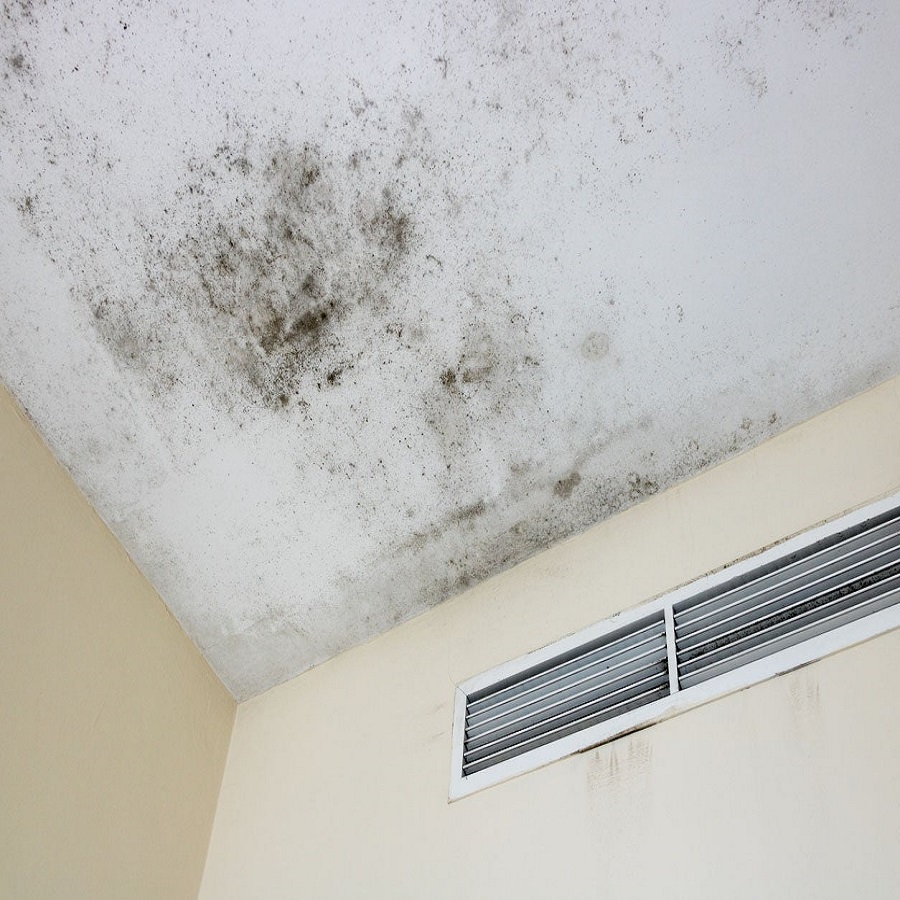Mold growth in bathrooms is a common issue that many homeowners face. One of the most troublesome spots for mold to appear is on the ceiling. This article will explore the causes of bathroom mold on ceilings, effective prevention strategies, and practical remedies to eliminate existing mold.
Understanding Bathroom Mold
What is Mold?
Mold is a type of fungus that thrives in damp, warm environments. It reproduces through tiny spores that can be carried by air currents. When these spores settle on a suitable surface, such as bathroom ceilings, they can begin to grow and multiply, often resulting in discoloration and a musty odor. Mold comes in various colors, including green, black, white, and even orange, and can cause health problems for sensitive individuals, contributing to respiratory issues and allergic reactions.
Why Bathrooms are Prone to Mold Growth
Bathrooms are particularly susceptible to mold growth due to their high humidity levels and frequent moisture exposure. Activities such as showering, bathing, and even flushing the toilet release water vapor into the air. Poor ventilation exacerbates this problem, allowing moisture to linger. Mold spores are commonly found in indoor environments, and when they find the right conditions—warmth, moisture, and organic material (like dust or paint)—they can flourish.
Causes of Bathroom Mold on Ceilings
High Humidity Levels
One of the primary causes of mold on bathroom ceilings is high humidity. Bathrooms are often sealed environments where steam from hot showers or baths can elevate humidity levels significantly. Ideally, indoor humidity should remain below 50%, but bathrooms can easily exceed that threshold if not properly ventilated. This excess moisture provides an ideal breeding ground for mold spores.
Poor Ventilation
Inadequate ventilation is another crucial factor that leads to mold growth. Bathrooms often lack windows and may only have a small exhaust fan, which may not effectively remove moisture from the air. Even if an exhaust fan is present, it may not be utilized consistently after showers. Without proper airflow, humid air accumulates, creating the perfect environment for mold to thrive.

Preventing Mold Growth on Bathroom Ceilings
Installing Proper Ventilation Systems
To combat mold growth, installing a robust ventilation system is essential. An exhaust fan capable of expelling humid air outside can significantly reduce the moisture level in the bathroom. Make sure the fan has a sufficient power rating (measured in CFM – cubic feet per minute) for the size of your bathroom. As a general rule, the fan should be able to exchange the air in the bathroom at least eight times per hour.
Utilizing Natural Ventilation
In addition to mechanical ventilation, consider natural ventilation options. If possible, open windows or doors during and after bathing to allow fresh air to circulate. This simple act can drastically lower humidity levels and hinder mold growth. If your bathroom has a window, keep it open whenever you can, especially during and after hot showers.
Regular Maintenance and Cleaning
Regularly maintaining and cleaning your bathroom is a critical preventive measure. Pay special attention to areas that accumulate moisture, such as the ceiling, corners, and around fixtures. Use a mixture of vinegar and water or commercial mold-killing cleaners to wipe down surfaces. Cleaning should be done at least once a month to minimize the buildup of mold spores and moisture.
Remedies for Existing Mold on Bathroom Ceilings
Identifying the Type of Mold
Before attempting to remove mold from your bathroom ceiling, it’s essential to identify the type of mold present. While most mold in bathrooms is harmless, some types, like black mold (Stachybotrys chartarum), can pose serious health risks. If you’re unsure about the mold type or if the infestation covers a large area, consider consulting a professional for assessment and remediation.
DIY Mold Removal Techniques
For minor mold infestations, several do-it-yourself methods can be effective. One popular method involves using a mixture of bleach and water (1 cup of bleach to 1 gallon of water). Apply the solution to the affected area with a spray bottle and scrub gently with a brush. Another effective solution is vinegar; its acidity can kill many types of mold. Spray undiluted vinegar directly onto the mold and let it sit for at least an hour before wiping it away.
Using Commercial Mold Removal Products
If DIY solutions aren’t effective, numerous commercial mold removal products are available. These products often contain powerful antifungal agents designed to kill mold spores quickly. Be sure to follow the manufacturer’s instructions carefully, and don’t forget to wear protective gear, such as gloves and a mask, to avoid inhaling any harmful chemicals.
When to Call a Professional
Sometimes, mold infestations can be extensive and challenging to manage independently. If you notice significant mold growth covering an area larger than a square meter or if the mold keeps returning despite your best efforts, it may be time to call a professional mold remediation service. These experts have specialized equipment and techniques to safely and effectively remove mold and address underlying issues contributing to its growth.

Long-Term Solutions for Mold Prevention
Investing in Dehumidifiers
For bathrooms prone to high humidity, investing in a dehumidifier can be a long-term solution. Dehumidifiers work by removing excess moisture from the air, keeping humidity levels low and making it less conducive for mold growth. Choose a unit with a capacity suitable for your bathroom size, and run it regularly, especially during and after showers.
Insulating Bathrooms
Proper insulation can also play a crucial role in preventing mold growth. Cold surfaces can lead to condensation, which in turn fosters mold. Ensuring that pipes and walls are adequately insulated helps maintain a consistent temperature, reducing the likelihood of condensation forming. Additionally, insulating attics and roofs can help prevent roof leaks that can contribute to ceiling mold.
Health Implications of Bathroom Mold
Allergies and Respiratory Issues
Living with mold, particularly in areas like bathrooms, can have serious health implications. Many people may experience allergic reactions manifesting as sneezing, runny nose, or itchy eyes. Furthermore, mold spores can irritate the respiratory system, leading to coughing, wheezing, and even asthma attacks, particularly in individuals with pre-existing respiratory conditions.
Long-Term Health Risks
Long-term exposure to mold can result in more severe health issues. Some types of mold produce mycotoxins that can be harmful when inhaled or ingested. Prolonged exposure may lead to chronic respiratory issues, weakened immune systems, and other health complications. Therefore, it’s vital to address mold problems promptly and effectively to safeguard your health.
Additional Considerations for a Mold-Free Bathroom
The Importance of Regular Inspections
Conducting regular inspections of your bathroom is acrucial in identifying potential mold growth early. Check areas prone to moisture accumulation, such as around the showerhead, under sinks, and on the ceiling. Look for signs of discoloration, particularly dark spots or patches that may indicate mold. Early detection allows for prompt action, which can prevent a small problem from becoming a larger infestation.

Conclusion: A Mold-Free Bathroom Environment
Maintaining a mold-free bathroom ceiling requires understanding the causes of mold, implementing effective prevention strategies, and knowing how to remove existing mold. By ensuring proper ventilation, conducting regular cleaning, and addressing humidity levels, you can create a healthy bathroom environment. Moreover, recognizing the health risks associated with mold emphasizes the importance of taking swift action against any signs of growth.
Incorporating these measures into your routine helps keep your bathroom safe and hygienic while preventing future mold infestations. By taking proactive steps, you can enjoy a clean and healthy bathroom environment, free from the worries of mold growth.